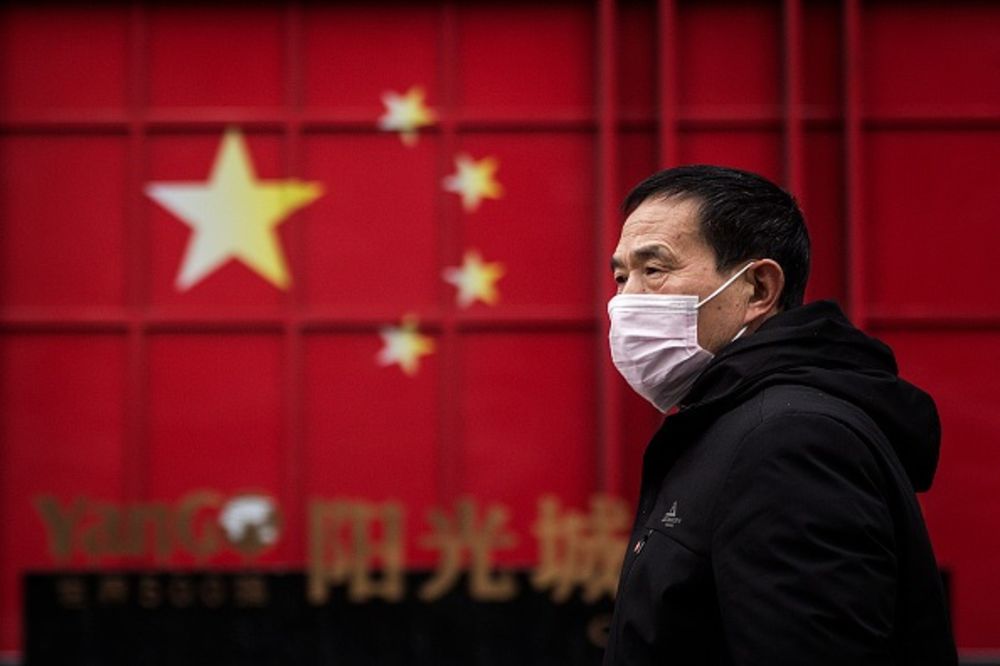China’s Deep Pockets Lend To Its Foreign Policy
The piece in the Economist is especially important because Bangladesh has been a close friend of India and the ties between the two countries are diving southwards. International business and diplomacy go hand-in-hand.

What is it that the Narendra Modi government has done to sour India’s relationships with Bangladesh that China has not?
In September, the Economist did an analytical deep dive into the China-India relationships with Bangladesh. Of particular interest was its manner of looking at and interpreting FDI (with Bangladesh at the centre). In doing so, the magazine tried to answer our aforementioned question. Our question – because the analytics team at the Economist was not exactly grappling with matters around diplomacy.
The said article is especially important because Bangladesh has been a close friend of India and the ties between the two countries are diving southwards. International business and diplomacy go hand-in-hand.
The article is based on a number crunching of the FDI going back to 2014. The results were fascinating. The captivating graph depicted how, through the years 2014, 2015 and 2016, the FDI levels of both China and India in Bangladesh were around equal (those speaking for the Congress party would say that it was a momentum from the 10 years of governance under Dr Manmohan Singh).
Then, China’s FDI showed a steep growth in 2018. Chinese FDI into Bangladesh shot to about five times of India’s.
The rapid change continued into the next year. In 2019, Chinese FDI into Bangladesh was almost 10 times India’s. Ditto for the trade basket of the trade relationship. The trade data showed that China surpassed India as the major trading partner for Bangladesh. This was a consequence of Bangladesh’s growing garment export industry, particularly importing machines for sewing factories and supplies.
Let us come to what the Economist noticed about investments. China has been making a series of commitments to Bangladesh for a range of infrastructure needs. In 2016, Chinese president Xi Jinping promised to spend more than $20bn on 27 infrastructure projects. These include a number of projects for building seven bridges over the Teesta river and coal-fired power plants across the delta country.
“Chinese businesses are all over infrastructure development, power and telecoms,” the article quoted Zahid Hussain, a former lead economist with the World Bank in Bangladesh, as saying.
So what went wrong? The India-Bangladesh relationship was a big success story of the first term of Modi as Prime Minister. BJP general secretary Ram Madhav was sent to Bangladesh to build bridges with the eastern neighbour. A number of contentious issues around the boundary-line between India and Bangladesh were resolved. One can recall the stories about the enclaves, and enclaves within enclaves on either side of the border. This was one complicated border that Modi addressed. And how. The issues around the incredibly complicated border goes back to the birth of Bangladesh in 1971 – or even further, to the partition of India in 1947.
The last year especially has seen tensions. Remember the statements of Home Minister Amit Shah referring to Bangladeshis as termites?
The Economist article points to a pendulum-like swing over 15 years, often with China’s influence in India’s neighbourhood (and out-doing India’s influence). It has to do with a strategic direction to China’s foreign policy in the region and the importance it attaches to the Belt and Road initiative.
It has put the onus on India to ensure that its neighbours feel respected, if it needs to deepen its ties with its neighbours.

Comments are closed.